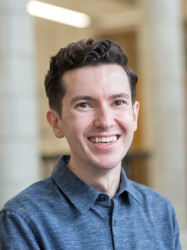BibTex format
@article{Reichert:2020:10.1038/s41467-020-19769-8,
author = {Reichert, S and An, Q and Woo, Y-W and Walsh, A and Vaynzof, Y and Deibel, C},
doi = {10.1038/s41467-020-19769-8},
journal = {Nature Communications},
pages = {1--10},
title = {Probing the ionic defect landscape in halide perovskite solar cells},
url = {http://dx.doi.org/10.1038/s41467-020-19769-8},
volume = {11},
year = {2020}
}

